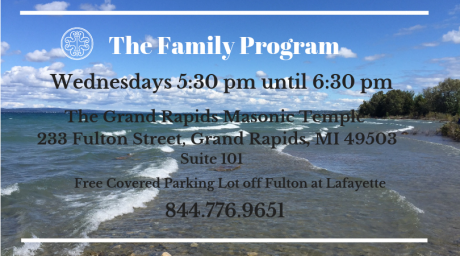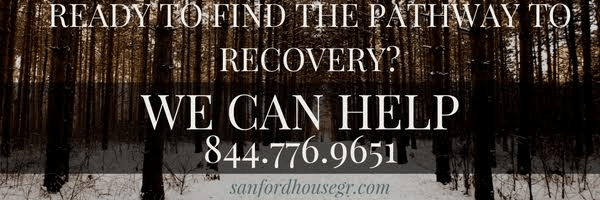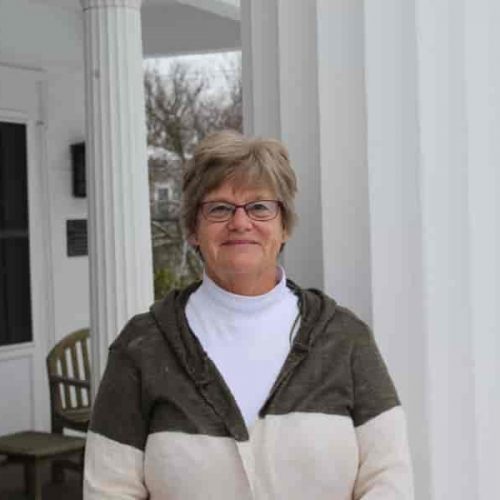Thoughtful Connections from the Family Program – The Forest & the Trees

Suppose you have 100 acres full of sick trees who want to get well. If each tree leaves the forest to find wellness and then returns to the forest, they get sick again from the infection of the rest of the trees. The Elders taught us that to treat sick trees you must treat the whole forest – you must create a healing forest. If not, the trees will just keep getting sick again.” Don Coyhis, Mohican Nation, Founder White Bison, Inc.
I would like to use the above metaphor to view those with substance use disorders (SUDs) and their families. When it comes to a loved one’s addiction treatment and the role of family members in their recovery, Don’s words from the Mohican elders speak volumes.
The Metaphor of the Forest
The forest metaphor explains the “why” so nicely. The forest trees, like the members of a family, live together and depend on each other for nurture, protection and companionship. When one of the trees is unable to provide these services (their role in the forest), distress happens within the family system.
In response to the distress, other trees in the forest try to “fix” the ill tree. The ill tree will not get well by “fixing”. Nor will it get better by leaving for treatment and returning to the forest. The illness impacts all the trees in the forest.
So, the ill tree that took in treatment, returns to the forest and attempts to replant healing roots. But the forest cannot heal until all of the trees are well. And because they depend on each other, the forest trees, like people in a family, are interdependent.

Of course in this metaphor, the ill tree is a person with a substance use disorder (SUD) and the trees of the forest are the addicted person’s family. And the metaphor explains how addiction becomes a family problem and requires family treatment.
The Family Program
In addiction treatment, a person learns to take responsibility for managing their illness. In family treatment, family members and loved ones of those with SUDs learn how to take responsibility for themselves and cease trying to help or “fix” the addicted family member.
For lasting recovery and sobriety to become established, the family member with a SUD must be allowed to take responsibility for managing their addiction while participating in their family role. And family members must learn to reduce protective behaviors and focus on managing themselves as best they can.
.
The Sanford Family Program was developed to work with all members of the family – during treatment and beyond. The family program is designed to educate family members about the disease of addiction. And to help them define their new roles as they welcome their family members home. Also, the program gives family members the tools they need to handle the inevitable bumps on the path to recovery. Allowing every member of the family system to work together – the forest and the trees…




